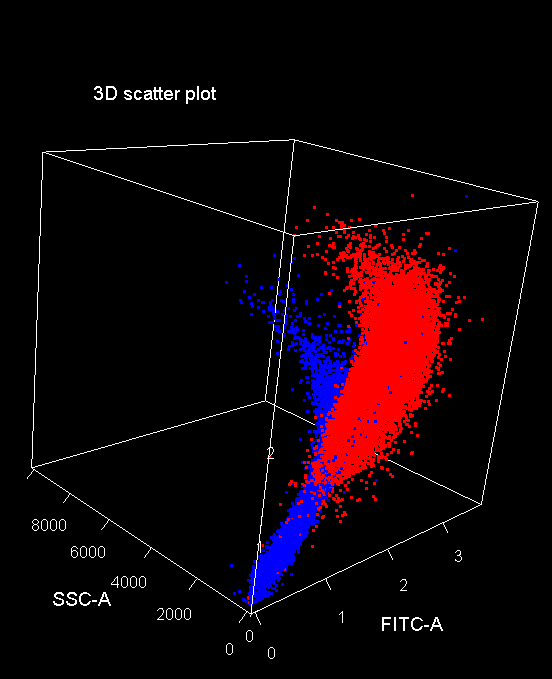Dr. SIDDIK SARKAR (MSc, PhD)
Research Scientist
in
Cancer Biology & Inflammatory Disorder
CSIR- Indian Institute of Chemical Biology
Ministry of Science & Technology,
Government of INDIA

LATEST PROJECTS
Project | 01
Developing an Effective Therapy for Prostate Cancer (PC)
(Department of Defense, Maryland, USA)
Prostate cancer (PC) is a slow developing disease and multiple gene therapy treatments may be required over the life span of the prostate cancer patient for effective therapy. The role of a specific bipartite conditional replication-competent Ad (CRCA), called a cancer terminator virus (CTV), Ad.CCN1-E1A-mda-7 that can replicate selectively in cancer cells with robust production of mda-7/IL-24 might be essential for eradication of PC, including advanced stages of disease. As a proof-of-principal, we demonstrate that a CTV driven by the progression elevated gene-3 (PEG-3) promoter selectively kills cancer cells. Our studies indicate that a CCN1-Prom-driven transgene is expressed more efficiently in PC with minimal activity in normal prostate epithelial cells, and there is an enhanced expression of a transgene driven by the CCN1 prom as compared with PEG-prom indicating that the CCN1 promoter may permit more potent transgene delivery/activity. Ad.CCN1-E1A-mda-7 acts in a dose-dependent manner with an IC50 as low as 500 viral particles per cell. Elevated expression of specific Bcl-2 family members, especially Mcl-1, blocks mda-7/IL-24-mediated apoptosis. It is hypothesized that combining Ad.CCN1-E1A-mda-7 with a BCl-2 family inhibitor will act in a combinatorial manner to enhance eradication of PC including therapy-resistant advanced PC.
Project | 02
An Effective Chemotherapeutic Approach for Ovarian Cancer Intraperitoneal Metastasis.
Sponsoring Agency: New Jersey Health Foundation. Role: Co-PI
Purpose: Ovarian cancer patients are mostly diagnosed in late stages of disease with tumorspheres in the peritoneum. These tumorspheres are rich in cancer stem cells (CSCs), resistant to therapy and a major source of relapse. The purpose of this research was to identify a safe therapeutic approach that could effectively kill the peritoneal CSC-rich turmospheres and inhibit relapse.
Methods: Malignant ascitic cells (ASC-1) were obtained from a patient with advanced ovarian carcinoma and recurrent disease. CSC-rich tumorspheres were generated, characterized and treated with different chemotherapeutics. The most effective drug combination that could eradicate tumorspheres in vitro was identified. Luciferase expressing ASC-1 cells were implanted in nude mice peritoneum and treated with different drug combinations and doses. The disease progression and inhibition of relapse was studied by quantitative live animal imaging. Toxicity to various abdominal tissues was studied by histopathology.
Results: ASC-1 cells were found to be rich in CSCs and with unlimited renewal capacity. Cisplatin extinguished CSC-rich spheroids at 10-100 μM range, whereas MMAE and SN-38 eradicated them in ~1-10 nM range. Mice with intraperitoneal (IP) ASC-1 xenografts showed partial response to therapy with cisplatin and paclitaxel at maximum tolerating dose. In contrast, mice treated with IP low-dose SN-38 and MMAE showed complete response and without relapse. No signs of peripheral neuropathy or toxicity to abdominal tissues were observed.
Conclusion: These promising results with IP low-dose MMAE/SN-38 encourages investigation into its potential application in the clinic as a more effective therapy than IP/IV administered cisplatin/paclitaxel.
Translational Relevance: The majority of ovarian cancer patients are diagnosed in late stages of the disease where the tumor cells have metastasized into the peritoneum (Stage III and IV) and are present as tumorspheres. These tumorspheres are shown to be rich in CSCs, resistant to therapy and responsible for relapse. Current standard of care for an ovarian cancer patient with recurrent disease is the IV/IP administration of a platinum-based drug (cis- or carboplatin) and paclitaxel. Unfortunately, many patients either show significant signs of toxicity and/or develop secondary resistance. Here, we demonstrate that combination of IP administered low-dose MMAE and SN-38 could effectively kill the CSC-rich drug resistant turmospheres in xenograft intraperitoneal metastasis model, inhibit relapse and without any signs of peripheral neuropathy or toxicity to abdominal tissues. This study provides the rationale to investigate the potential application of intraperitoneally administered low dose MMAE and SN-38 for ovarian cancer patients in the clinic.